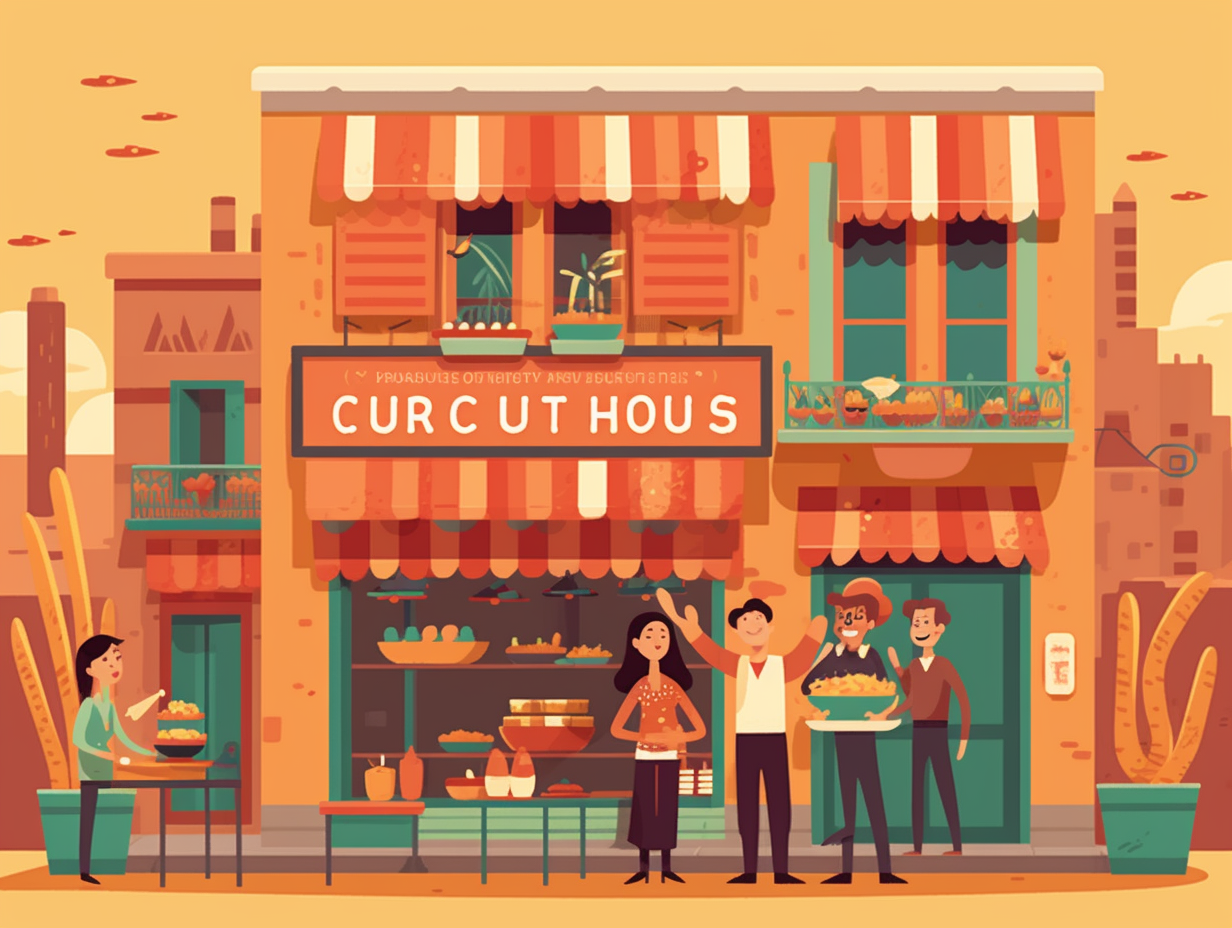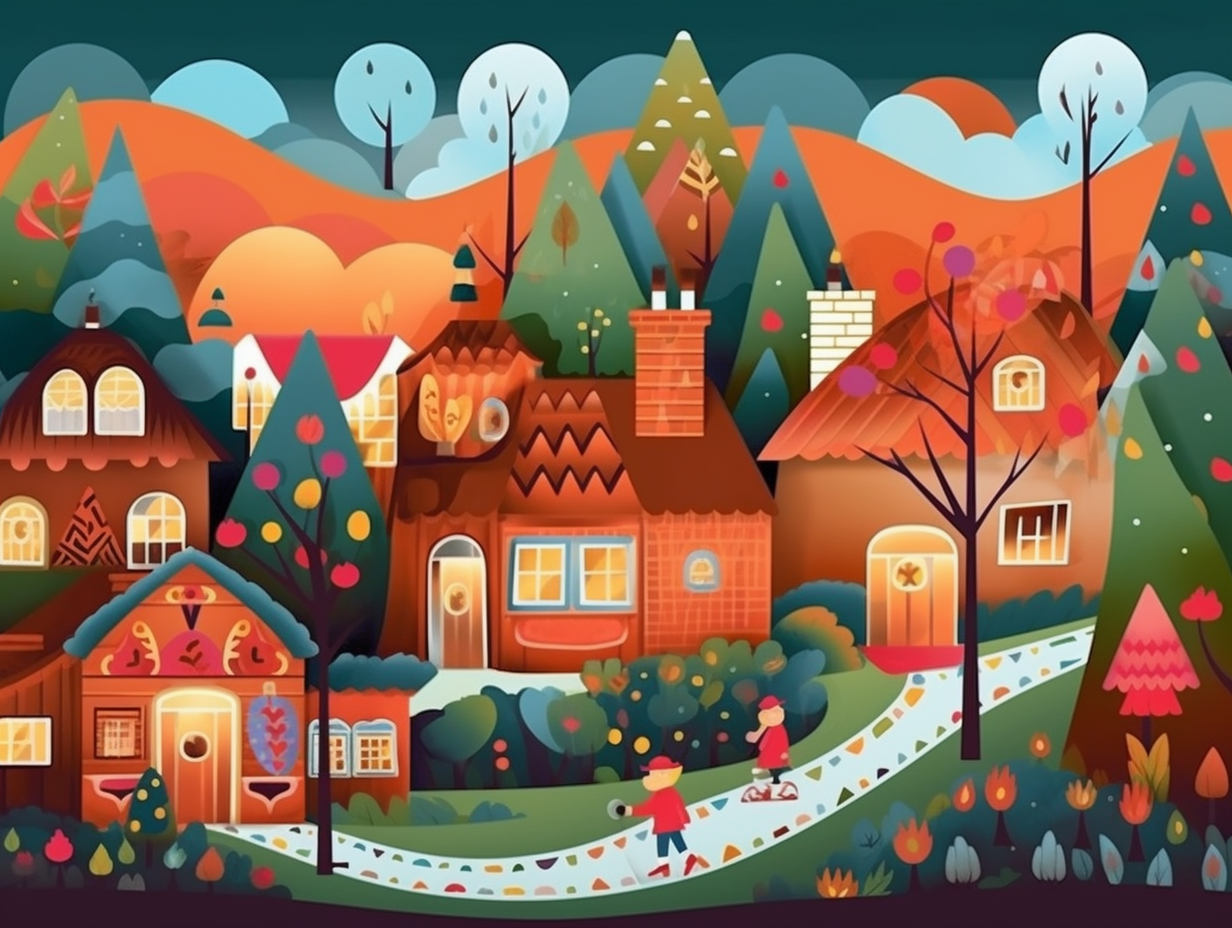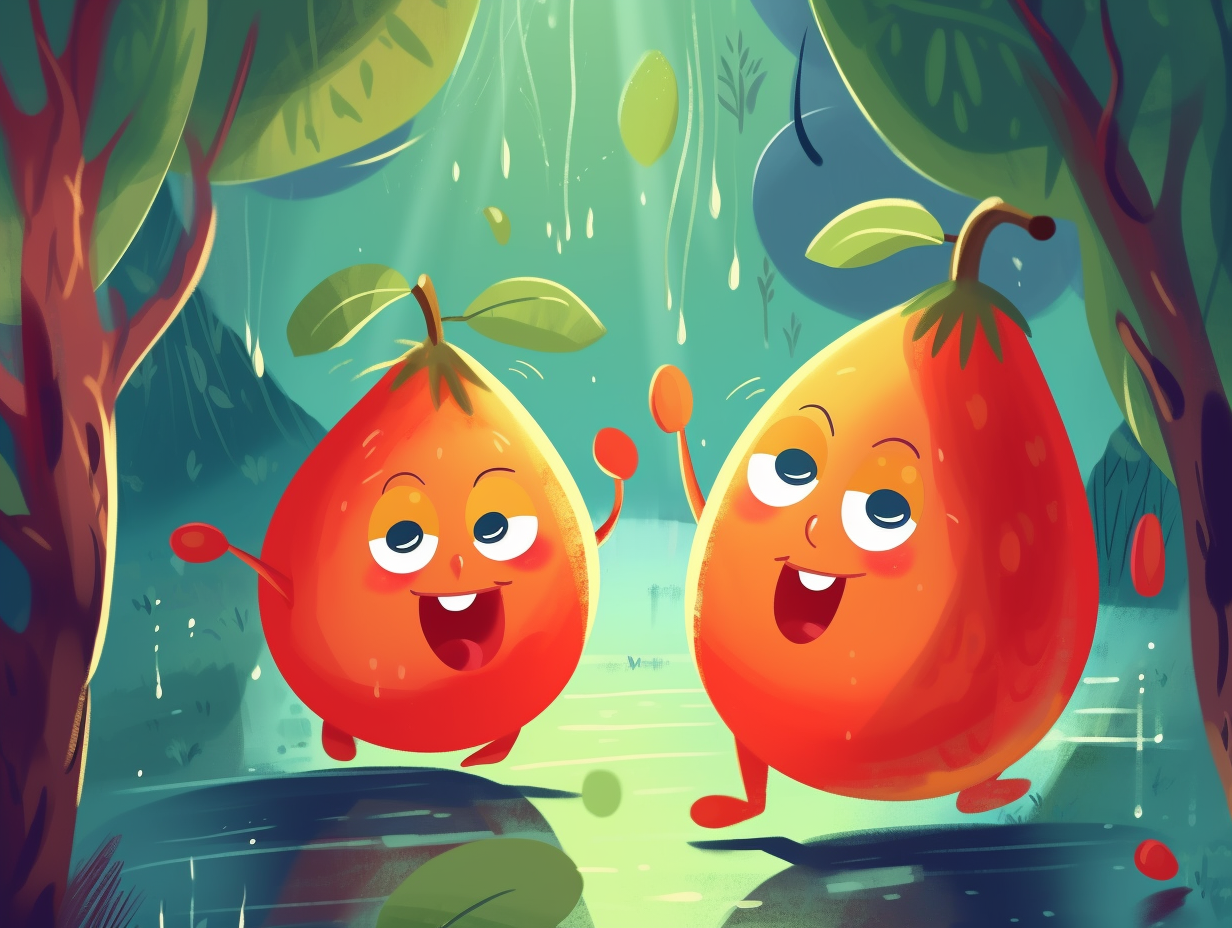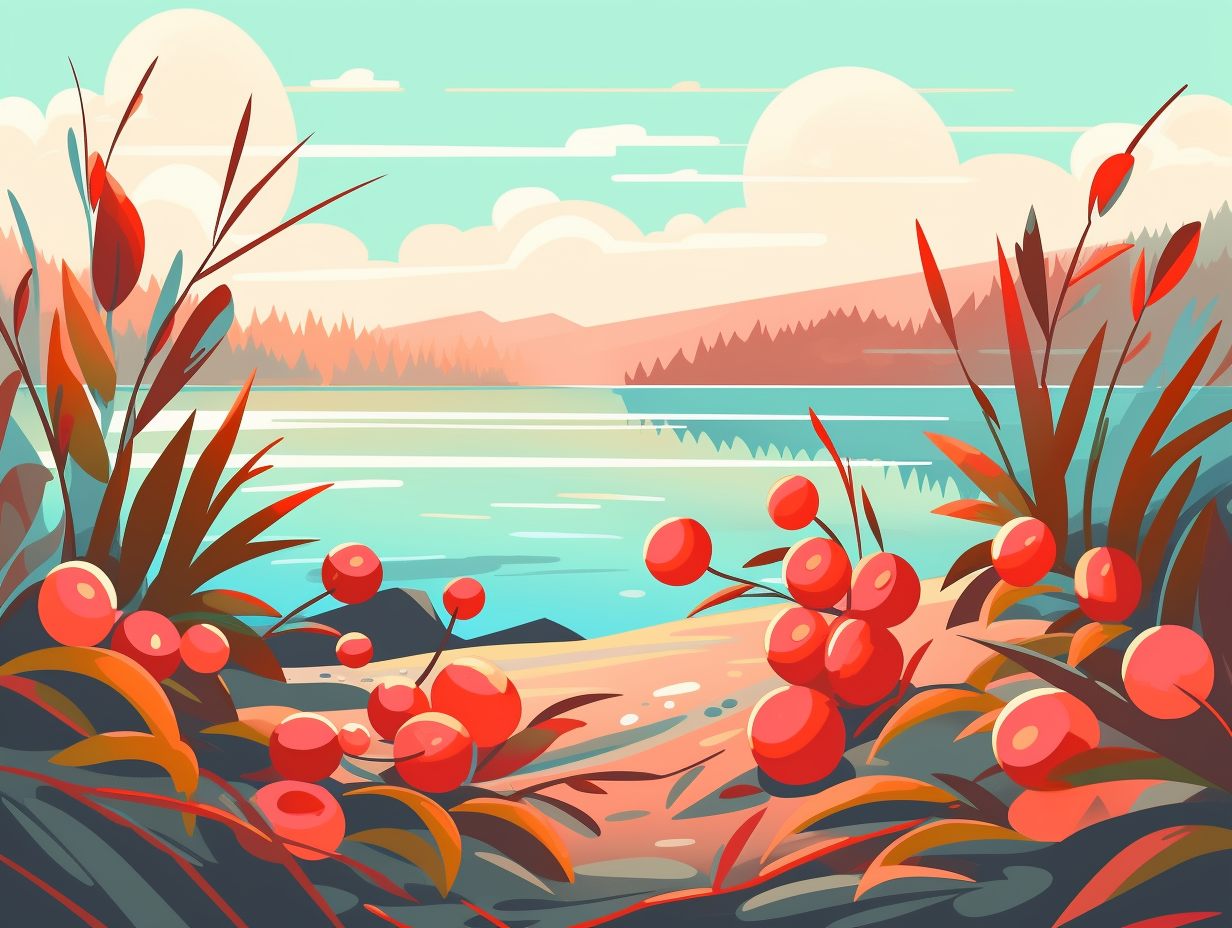Discover a Bunch of Joy: Top 9 Fun Facts About Grapes You'll Love

1. Grapes: Berry Surprising
When life gives you grapes, make sure you count them as berries or risk the wrath of botanical accuracy: This may come as a surprise, but grapes are actually "true berries" that meet the scientific definition, consisting of a fleshy ovary wall surrounding multiple seeds with no hard internal structures, unlike their deceptive distant cousins, strawberries and raspberries.
Source => en.wikipedia.org
2. Winter Wonderland Wine
Who says wine can't enjoy a snow day? Grapes frolic in sub-zero temperatures to bring you a sweet, icy delight: Ice wine is painstakingly crafted from frozen grapes of specific cold climate varieties, hand-picked and processed at roughly 20ºF (-7º C), leading to a luscious libation that's twice as sweet as a Coke.
Source => winefolly.com

Did you know cinnamon gum is your secret weapon against bad breath? 🦸 Chew it for 20 minutes and annihilate 40% of bad-breath-causing bacteria! 😮
=> Fun Facts about Cinnamon
3. Vine with a Timeline
Whoever said "age before beauty" must've been a wine aficionado, because they'd be head over heels for this ancient Slovenian vine with a longer resume than most Hollywood stars: In Maribor, Slovenia, there's a vine over 400 years old that still bears fruit, holds a Guinness World Record, and even boasts its own museum, the Old Vine House, while locals celebrate it with events like the Pruning of the Old Vine, St. Martin's Day, and the Old Vine Festival.
Source => slovenia.info
4. Grape Shape-Shifting
Grapes: the original Transformers, making wine-lovers swoon with their color-changing abilities and disguising themselves as raisins when feeling "dried" up for a change! They come in various shapes and sizes, from elongated to spherical, with colors ranging from pale green to near black, and some have a peel-off slip skin: These versatile fruits have a history dating back thousands of years and can be found thriving all around the world in a variety of soils and climates, boasting their adaptability in wines, jams, jellies, and juices, or simply enjoyed fresh.
Source => tastingtable.com
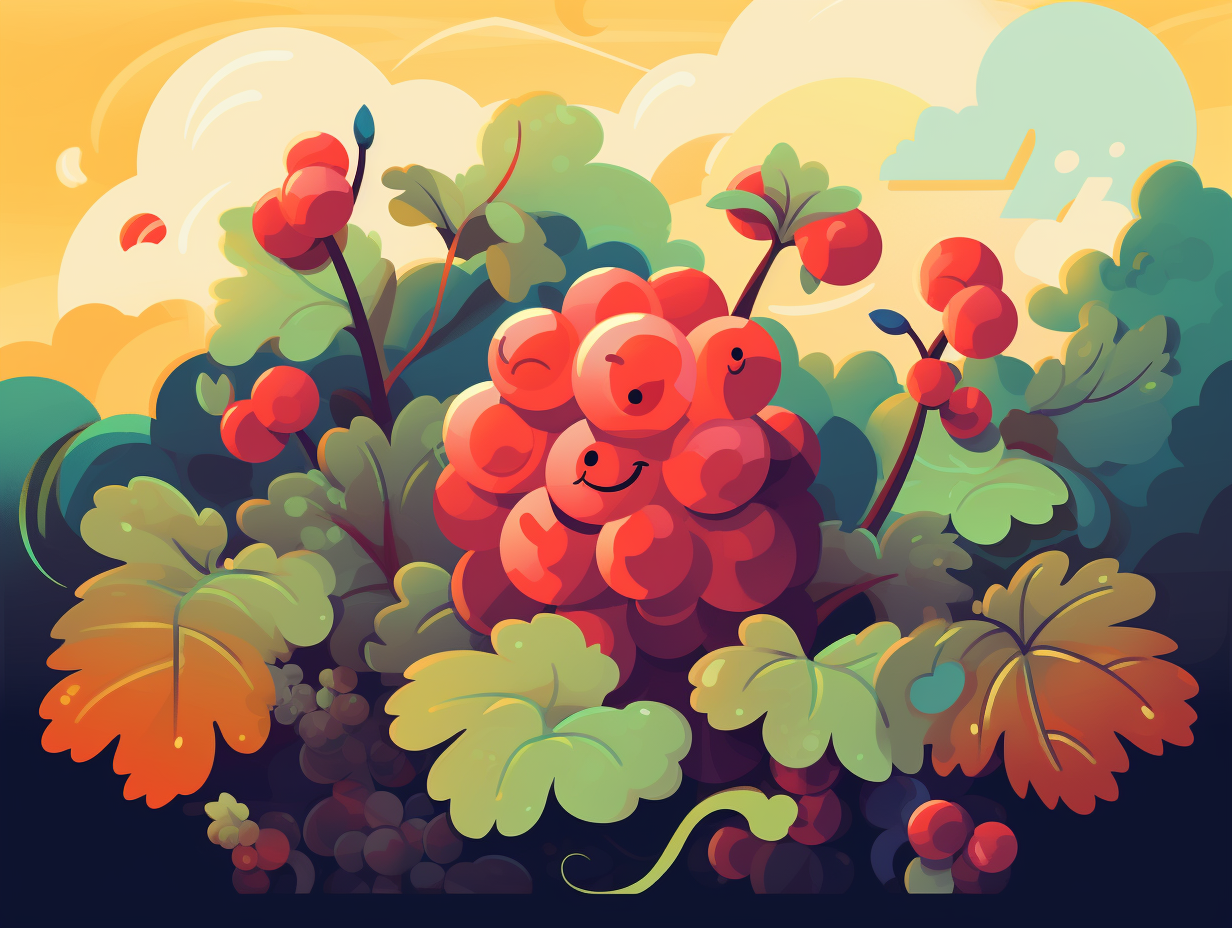
5. Tsunami Soiree
In a monstrous game of "wave hi", Mother Nature went for the world record and left us all soaking in amazement: Lituya Bay in Alaska was struck by a colossal tsunami, standing at an Earth-trembling 1,720 feet tall in 1958, due to a 7.8 magnitude earthquake and a landslide causing 40 million cubic yards of material to crash into the bay - quite the splash, we must say!
Source => alaskasnewssource.com
6. Raisin Rainbow
Feeling a little raisinably confused when you encounter brown, green, and golden raisins in your travels? You're not alone: The majority of raisins in the U.S are made from green Thompson Seedless grapes, which are air-dried to get their brown color, while green, red, and golden raisins are popular in Asia and the Middle East.
Source => mashed.com
7. Grape Marriages
Cotton Candy catered a lavish grape-wedding, and a seedless table grape and a concord grape exchanged vows to produce a flavor baby that tastes like Willy Wonka’s dream: The Cotton Candy grape was born from 100,000 test tube matchmaking attempts, resulting in a succulent, sugary surprise with hints of vanilla and caramel, making this sweet grape available only from mid-August to early September with no added sugars or artificial flavors.
Source => rainbowcottoncandy.com
8. Psychic Grape Gathering
Grape harvesters, in many ways, live like meteorologists predicting weather or skilled fortune tellers with a touch of sommelier wisdom: They must time their grape harvests perfectly, considering factors like vineyard location, grape varietal, soil nutrients, and weather conditions, all to ensure the finest wine quality in each glass.
Source => grape-to-glass.com
9. Grape Vine Climbers
Here's a vine twist to your typical forest dwellers: wild grape species can be quite the social climbers, reaching the treetops of some of the tallest forest trees! Seriously though: these native grapelings have the unique ability to scale toward sunlight at a rate of several feet per year, providing food and cover for wildlife, but they can also harm the hosting trees if left on their own to vine and dine.
Source => farmprogress.com
Related Fun Facts








